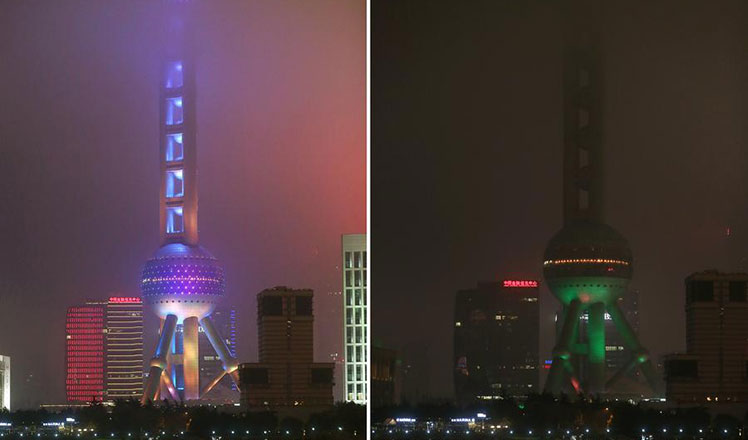China's Belt-Road initiative to establish Asia-Europe economic zone, strengthen integration: expert
Updated: 2016-03-21 13:43
(Xinhua)
|
||||||||
WASHINGTON - China's Belt and Road Initiative will establish a large Asia-Europe economic zone, providing opportunities for dozens of countries along the "Belt and Road" routes integrating into the global economy, a former World Bank official has said.
The initiative, proposed by Chinese President Xi Jinping in 2013, refers to the Silk Road Economic Belt that links China with Europe through central and western Asia by inland routes, and the 21st-Century Maritime Silk Road connecting China with southeast Asia, Africa and Europe by sea routes.
"I think the main rationale (for such initiative) is to link Asia and Europe basically to one large economic zone," Simeon Djankov, visiting fellow at the Washington-DC based Peterson Institute for International Economics and former chief economist on finance and private sector affairs at the World Bank, told Xinhua in a recent interview.
Djankov said the links between the Europe and Asia could be "significantly weakened" and some parts of Asia, central Asia in particular, could be isolated, as the United States is advancing two mega-regional trade agreements that feature the United States as the economic center but treat Asia and Europe separately.
The United States formally signed the Trans-Pacific Partnership (TPP) deal with 11 other Pacific Rim countries last month, and stepped up efforts to push forward negotiations on the Transatlantic Trade and Investment Partnership (TTIP) with the European Union (EU) in recent months, in a bid to establish new trade rules and reshape the global trading system.
"So we think that the Belt and Road Initiative is helping Europe and Asia to come together," said Djankov, who served as former deputy prime minister and minister of finance of Bulgaria from 2009 to 2013.
"If it succeeds, the initiative will reestablish Eurasia as the largest economic market in the world and may effect a shift away from the dollar-based global financial system," he said.
Unlike the politically directed Marshall Plan, an American initiative to rebuild western European economies after World War Two, Djankov said, the Belt and Road Initiative is "much more comprehensive" in terms of the time period and the number of participating countries, with a goal of promoting regional trade integration and making these countries becoming a part of the global economy.
"A big plus for the Belt and Road Initiative that did not exist in the Marshall Plan is that a number of economies will benefit greatly from being integrated into the Eurasian economy and the global economy," Djankov said.
The Belt and Road Initiative has gained wide popularity among 60-plus countries, and most of them are in the process of industrialization and urbanization, according to China's Ministry of Commerce.

 Culture Insider: 5 things you may not know about the Spring Equinox
Culture Insider: 5 things you may not know about the Spring Equinox
 Landmarks go dark in China for Earth Hour
Landmarks go dark in China for Earth Hour
 At least five dead in tanker truck explosion in central China
At least five dead in tanker truck explosion in central China
 Brazil's Lula sworn in over protests as Rousseff faces impeachment
Brazil's Lula sworn in over protests as Rousseff faces impeachment
 Smart city: A solution to urban problems?
Smart city: A solution to urban problems?
 St. Patrick's Day celebrated around world
St. Patrick's Day celebrated around world
 Top 10 most valuable global brands
Top 10 most valuable global brands
 These university canteen dishes will blow your mind
These university canteen dishes will blow your mind
Most Viewed
Editor's Picks

|

|

|

|

|

|
Today's Top News
Marriott unlikely to top Anbang offer for Starwood: Observers
Chinese biopharma debuts on Nasdaq
What ends Jeb Bush's White House hopes
Investigation for Nicolas's campaign
Will US-ASEAN meeting be good for region?
Accentuate the positive in Sino-US relations
Dangerous games on peninsula will have no winner
National Art Museum showing 400 puppets in new exhibition
US Weekly

|

|







